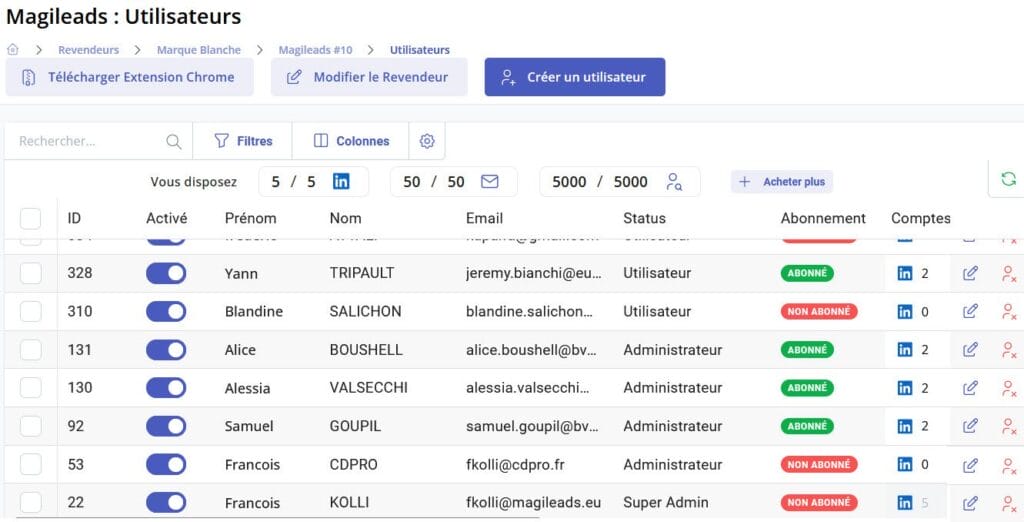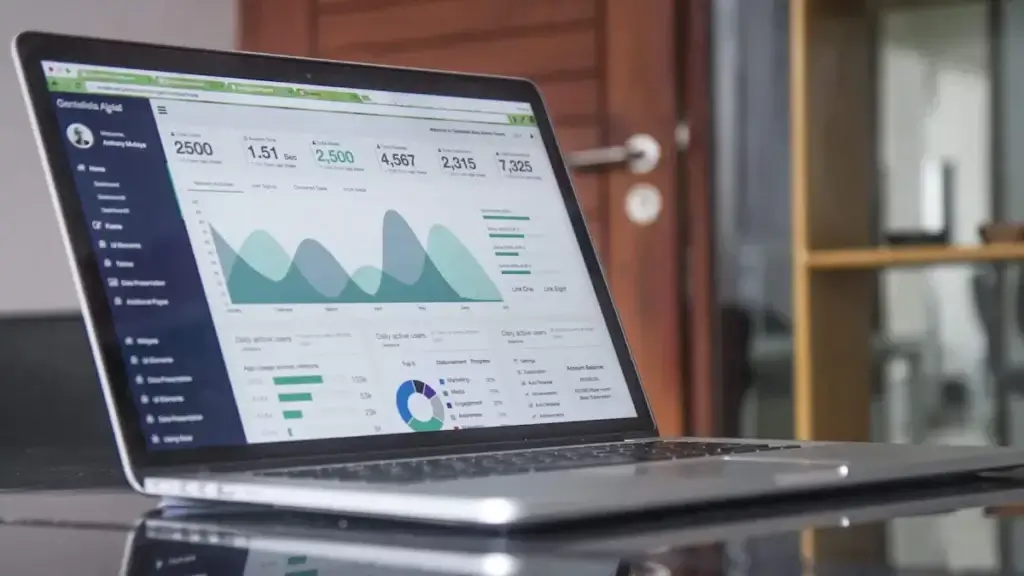Meta description : benchmarking helps you guide your strategies to achieve your objectives. It's about capturing good practices in various sectors, to adapt them into your process by adding an innovative touch.
The benchmark is used to improve your decision-making regarding action plans. It allows you to measure the performance of your business in all aspects. All the links that structure your business can be “benchmarked”. Its advantages are obvious. To help you set up an effective benchmark, we will talk about the methodology and tools to achieve it.
Benchmarking is a marketing technique born in the early 1980s. It consists of carrying out a comparative study management and organization methods of competing or “non-competing” companies. The goal is to take the positive from it to adapt it into your own process . The benchmark is recognized by companies as being an effective tool to remain competitive. It differs from competitive analysis by the extent of the sectors of activity that it covers. Indeed, unlike competitive analysis , the benchmark compares performance beyond the competition.
What are the different types of benchmarks?
Why do a benchmark?
Doing a benchmark is interesting, as it allows you to compare performances and follow market developments . Not only in terms of products, but also in terms of organization. You can improve your action plan by identifying good practices in terms of: specific opportunities, customer needs, performance objectives.
Benchmarking can be used when you want to improve your positioning on the Internet, your commercial strategy, or your customer relations.
How to carry out a benchmark?
Identification of areas for improvement
In this first step, the objective is to identify areas to improve and targets to achieve within your company. The diagnosis can be made from different points of view: production, purchasing, sales, logistics, etc.
Specify and critically evaluate your performance by constructing a relevant questionnaire . The importance of this phase lies in the fact that it allows you to frame your benchmark . At the end of this step, you will obtain the indicators to analyze and compare with other companies .
Choice of companies to study
This second step constitutes the heart of your benchmark. It consists of identifying effective tactics used by other companies. The choice of the panel of companies is free: competitor or non-competitor, multinational or start-up, etc. But to avoid information overload, stick to no more than 5 companies . However, it is important to base the selection criteria on the performance of the organizations in relation to the areas for improvement that you have pre-established.
To evaluate them, rely on reliable sources of information such as the press, study results, reviews from salespeople and customers, social networks, government sites for financial statements, etc.
Data collection and analysis
This phase leads you to define the errors in your strategy . The ideal in each step of the benchmark is to express the results in figures and classify them in a table . This makes it easier to visualize. This method is all the more valid for this stage to the extent that each criterion is analyzed. structured work organization is essential.
The statistics are cross-referenced to mark the gaps in results and identify the indicators which limit progress . To obtain information, it is necessary to collaborate with “non-competitor” companies, within the framework of information exchanges . For your competitors, you can review information through social media, financial sites, web presence, etc.
Structuring the strategy
After having compiled and then synthesized the results , it is time to integrate . This step is not about “copying and pasting”, it is about drawing inspiration from these strong points to adapt them to your process . Actions are carried out in a specific and concrete manner while respecting the defined objectives . To do this, develop a detailed plan , based on the lessons learned .
Communicate results
Sharing information is part of the process. The summary of key results , conclusions and recommendations are presented to each manager in the form of a report. By highlighting the company's objectives.
What tools should I use to do a benchmark?
Benchmarking is a tedious job that requires the use of appropriate tools. It is possible to use an Excel or dedicated online tools .
The digital benchmark
Benchmarking is essential in the digital field to identify the best digital tools and web marketing strategies .
The digital benchmark involves studying the content of other organizations, their investments in terms of SEO , their digital strategies , the structure of their sites , etc. The goal is not to imitate, but to adapt best practices taking into account your audience .
Benchmarking is a source of inspiration for your business. It demonstrates the shortcomings, but can also prove that you are a leader in your field.
—————————
Magileads is prospecting automation software that allows you to easily manage all the complex aspects of your marketing processes.
Test Magileads for free in 14 days. Click here .
Or book a demo to see how it works. Click here .






